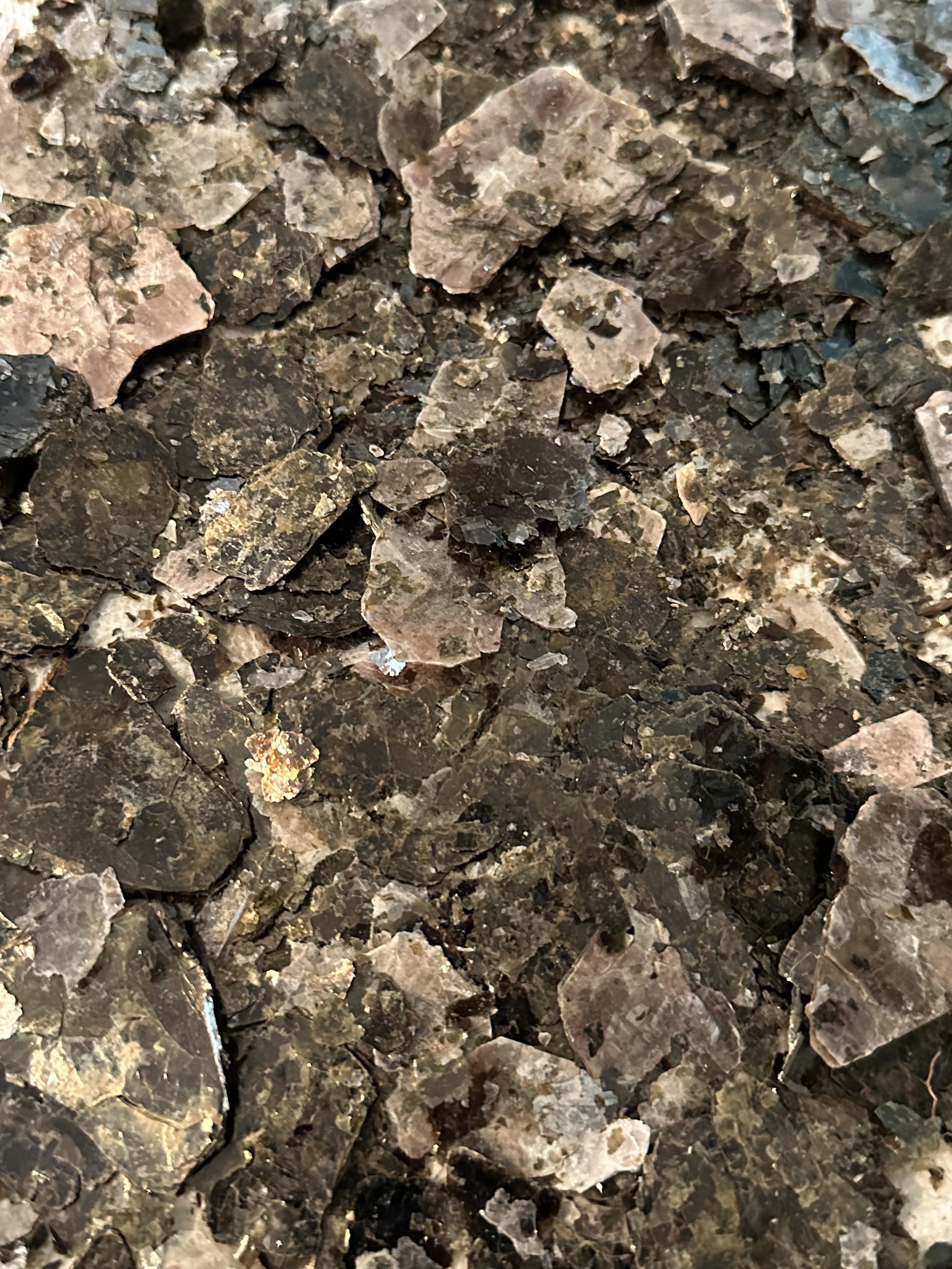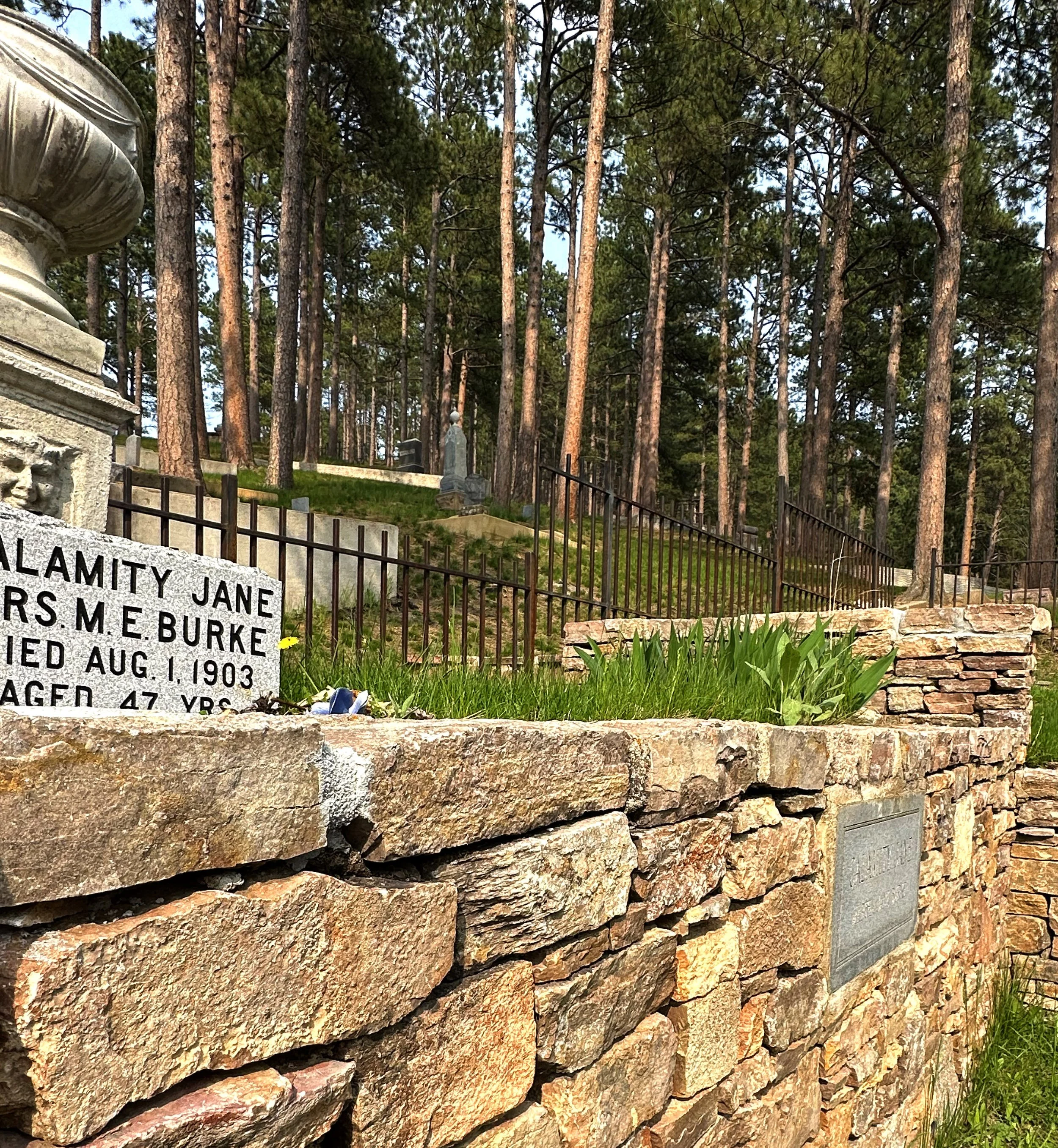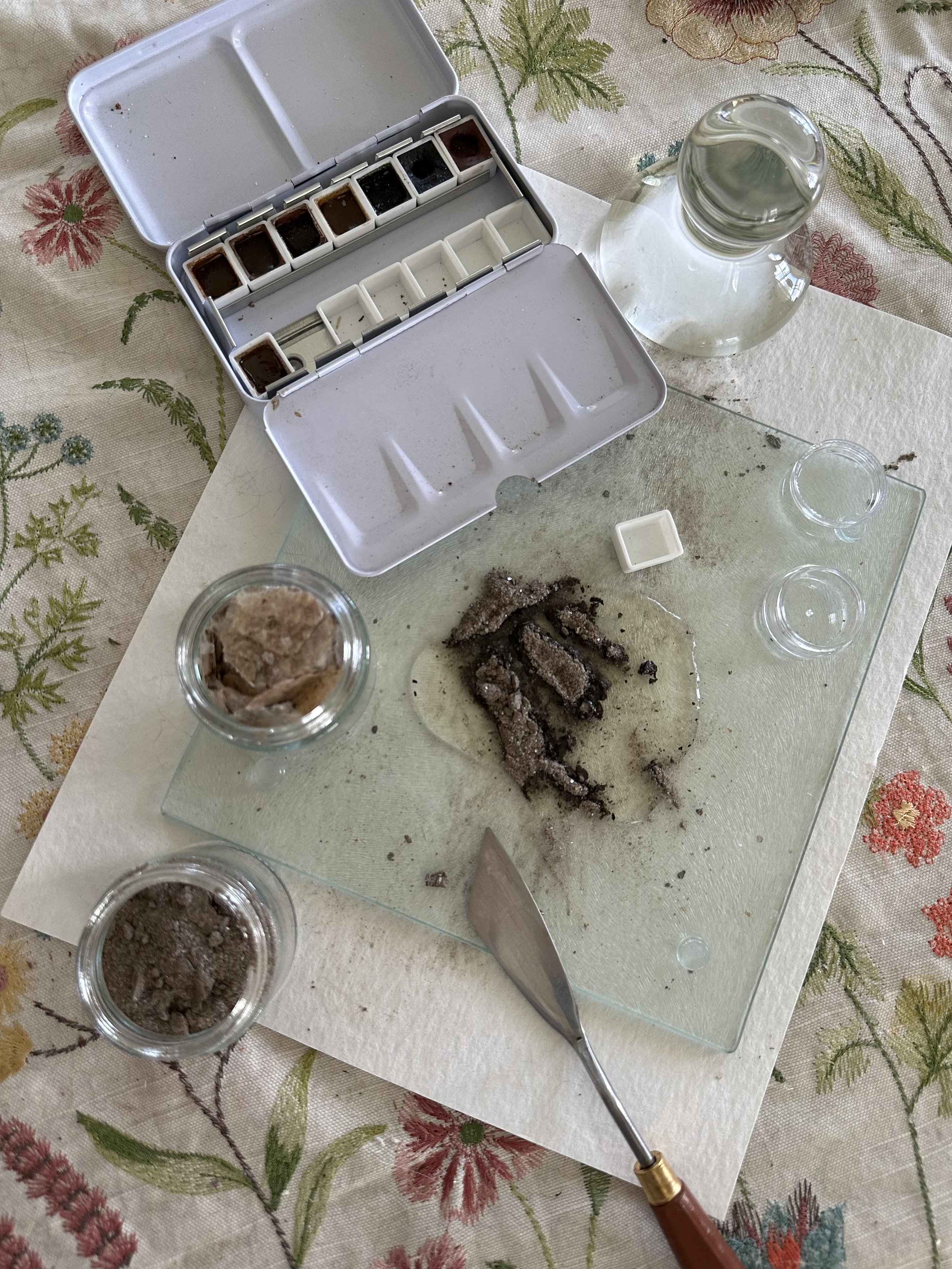A Western Road Trip - Part 4: Black Hills & Deadwood, South Dakota
I figure if a girl wants to be a legend, she should go ahead and be one.” — Calamity Jane
I expected Mount Rushmore to be a disappointing experience like the Statue of Liberty was. The Statue of Liberty looks gigantic in photos and movies thanks to the magic of camera placement. In reality, it is very small.
Mount Rushmore was truly amazing. But, I also recognize the negative cultural implications of this monument for the Native Americans that call the Black Hills home. The mountain was incredibly important to the Lakota Sioux. The creation of this monument on their sacred land has contentious implications because it is considered sacred land. It is seen as a place of prayer, meditation and connection with their ancestors.
Not only this, but the creation of this monument violated a treaty signed by the US Government (the Treaty of Fort Laramie) which recognized the Black Hills as a part of the Great Sioux Reservation. The treaty, signed in 1868, granted Native Americans ownership and protection of the land. But, gold was discovered in the area and the US seized them.
I completely understand how this monument can be seen as a desecration of the land as well as a symbol of U.S. dominance over the Native American territories due to its complex history.
As an artist, I cannot help but be inspired by Gutzon Borglum’s achievement (the sculptor). He worked on the monument between 1927 and 1941 when he passed away. After his passing, his his son Lincoln Borglum had to finish the project.
The project was also incredibly dangerous and required dynamite to remove large sections before refinement could be done. Refinement was achieved by hanging scaffolding on the side of the mountain and chiseling pieces of rock away with a jackhammer.
We had the opportunity to visit another mountain side sculpture nearby! This sculpture features Crazy Horse! He was a prominent Oglala Lakota leader and warrior who played a significant role in the resistance against the U.S. government’s encroachment on Native American lands in the 1800s. He is known for his leadership in the Battle of Little Bighorn in 1876 against General George Custer. This was one of the most significant victories for Native Americans against the U.S. military during the Indian Wars.
In my first post, of this series, I mentioned that we listened to four audiobooks. One was “Bury My Heart at Wounded Knee” by Dee Brown. A poignant book to listen to on our journey through South Dakota and Wyoming.
The Crazy Horse Memorial was started in 1948. It is a massive and ongoing sculpture located in the Black Hills, too.
In 1939, the Lakota Chief, Henry Standing Bear, approached the sculptor Korczak Ziolkowski to create the monument.
Korczak Ziolkowski passed away in the 1980s. His family took over the management of the project which still continues today.
It is expected to be one of the world’s largest sculptures once it is completed. It will stand at 641 feet wide and 563 feet tall.
Driving through and hiking in the Black Hills was awe-inspiring. Pictures really do not do it justice!
I was hoping to get some interesting pigments here for my film, but had no idea what I was going to stumble upon!
As we walked the trail to Little Devil’s Tower, I noticed that the ground glittered! Glitter is one of my favorite craft supplies. I don’t care who disagrees with me! I was elated to find some naturally occurring glitter due to mica deposits in the area.
Mica, a group of silicate minerals, is also very soft and splits into thin transparent sheets. It is incredibly fragile and thin making it ideal to create a natural shimmer. In fact, mica has been used as a form of glitter for thousands of years. The earliest known evidence of mica as a glittery pigment goes back to cave paintings from 40,000 B.C.E!
The Black Hills provide a perfect foundation for mica to form due to the numerous pegmatite veins in the area. Pegmatites are igneous rocks with large crystals that form in the late stages of magma crystallization. Tectonic shifts and significant amount of mineral deposits make it a prime place for mica to form and later, be exposed.
Here is an example of mica deposits located along the hiking trail:
The Black Hills had a mix of clear/tinted (muscovite), dark/brown (biotite) and pale yellow (phogopite) micas.
Here are is some of the mica I collected after washing it off:
And, here are some examples of the different colors mica can be!
I haven’t decided what to do with this yet. I may blend it and use it on top of a wet acrylic medium or add a binder to it so that it can be brush on glitter (similar to glitter nailpolish).
For now, it remains as is:
Out of all the places we went to, Deadwood was the one I was most excited for.
Deadwood was established in the 1876 during the Black Hills Gold Rush. It quickly became a town generally known for typical “Wild West” behavior.
The ‘main street’ in the town is very well preserved and definitely worth the visit.
I have always loved the Old West and the stories that came from it. Although, I am not a big fan of John Wayne or spaghetti westerns. My dad tried, and failed, to get me into them.
But, I fell in love with the story of Calamity Jane. I have always found her to be such a special and strong force of the Old American West.
She, and Wild Bill Hickock are both buried in Mount Moriah Cemetery in Deadwood. Born in 1852, Calamity Jane’s parents moved west from Missouri to Montana. She embraced frontier life and became known for her independent spirit.
At one point, she was a member of Buffalo Bill Cody’s West Show which helped continue her notoriety. She also associated with Wild Bill Hickock. Her relationship with him has been romaticized and exaggerated so it has become more of a legend without a factual base.
She died in 1903 and was buried in Deadwood next to Wild Bill Hickcock.
There is a small museum associated with Mount Moriah where you can learn more about Deadwood’s deceased. One of the plaques breaks down some of the more unique ways that someone buried there had died.
These were some of my favorites:
broken thumb
killed by bear
14 hard boiled eggs (my favorite, I have so many questions)
I was able to process some gorgeous, glittery dirt from the Black Hills. I didn’t take any dirt from Deadwood or from the monuments.
To learn the full process, please visit my previous post: South Dakota - Part 1!
This beautiful, glittery gray pigment has a definite home in my film! I look forward to incorporating it along with the mica I was able to collect.











